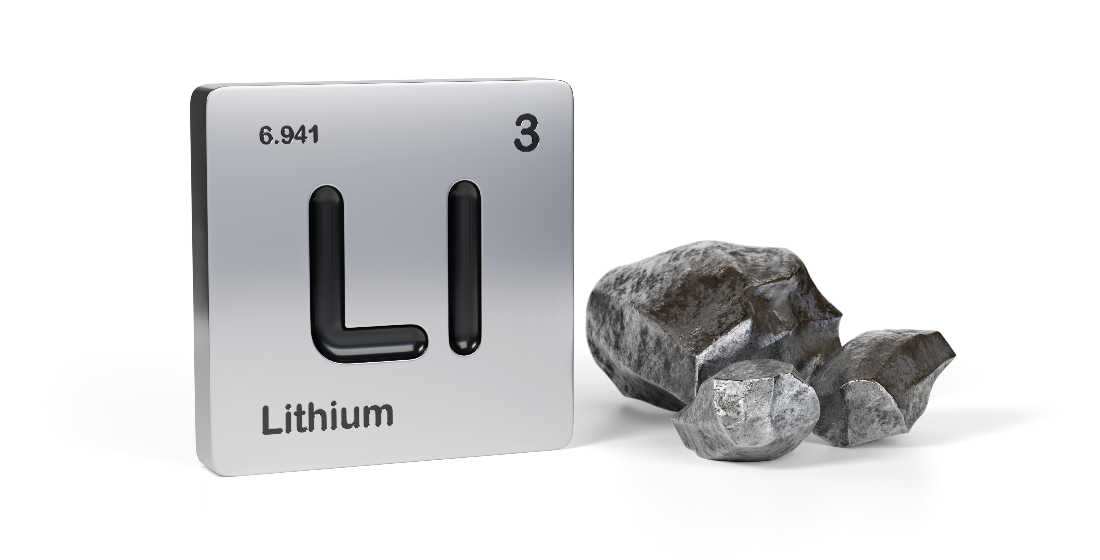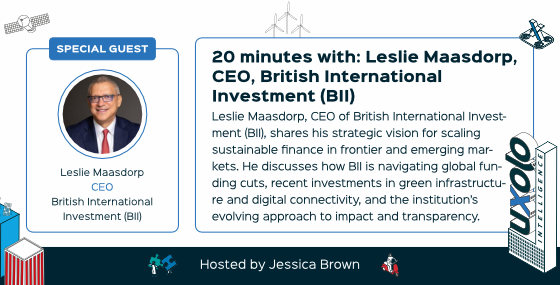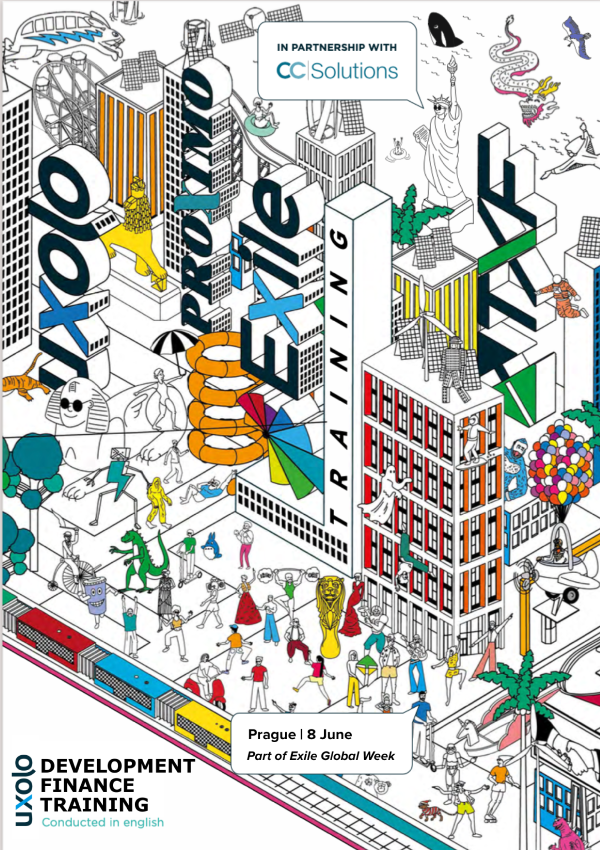Back to blue
The recent blue bond/blue loan package for Barbados is an evolution on the landmark debt-for-nature swap for Belize in 2021. The Barbados deal dispels concerns about efficiency, scalability and repeatability, and includes a pandemic-proof clause – a global first for the bond market.

Last month The Nature Conservancy (TNC) was back in the headlines with its third debt-for-nature swap under its Blue Bonds for Ocean Conservation strategy. The deal – a $146.5 million dual currency blue loan lead arranged by Credit Suisse (global) and CIBC FirstCaribbean (domestic), and partially funded by blue bonds – refinances a portion of Barbados’ sovereign debt at 200bp-plus less than the 6.5% and 8% the country was paying on its outstanding 2029 dollar denominated Eurobonds and 2043 locally denominated Series E respectively.
The blue loan enabled Barbados to repurchase its 2029 notes via a modified Dutch auction, with the auction clearing price set at $92.25 per $100 in principal amount of the notes accepted for purchase. In parallel, the government also prepaid its 2043 notes.
In addition to cost-of-debt savings, the blue loan provides Barbados with a debt extension – in this case eight years more than the 2029 bonds – with smaller annual payments. And in cash terms, the financing is expected to free up approximately $50 million fiscally to support environmental and sustainable development actions in Barbados over the next 15 years – expanding marine protected areas on the island from virtually zero to approximately 30%.
The financial engineering
The blue bond element of the financing – issued via BB Blue Financing DAC – comprises $48.8 million of Class A1 notes due 2037 and $24.4 million of Class A2 notes due 2030. Both tranches are fixed rate secured repackaged paper.
The bond proceeds are on-lent as a $73.2 million loan to the government of Barbados by BB Blue. The BB Blue loan has the same principal amount, amortisation schedule, maturity and rate of interest as the blue bonds. CIBC FirstCaribbean is also providing a locally denominated equivalent $73.2 million loan, upping the total size of the blue loan package to $146.5 million.
The blue loan package – and indirectly the blue bonds – is underpinned by $150 million of guarantees from the Inter-American Development Bank (IDB) and TNC. IDB is providing $100 million under the guarantee agreement for the blue loan, of which 50% will be the collateral and source of repayment for Class A1 blue bonds under a blue loan default scenario. TNC is providing $50 million under the agreement for the blue loan, of which 50% will cover the Class A2 blue bonds. Consequently, lenders and bondholders are insulated from any future Barbados government default. Shearman & Sterling provided legal counsel to TNC on a pro bono basis, and Cleary Gottlieb Steen & Hamilton acted for the government of Barbados alongside White Oak as financial advisor.
The debt savings generated by the deal will go towards the Barbados Environmental Sustainability Fund (BESF), a new vehicle looking to promote marine conservation on other sustainable blue economy-related projects. The establishment of the fund was a prerequisite for getting the IDB guarantee.
An evolution on the Belize deal
The Barbados deal draws on the template set by Credit Suisse and TNC’s $364 million Belize blue bond last year. That deal (Uxolo’s Environmental Financing of the Year and Overall Deal of the Year 2021) enabled the Belize government to buy back all of its 2034 Eurobonds at a 45% haircut on the principal. The consequence was that the country’s debt-to-GDP ratio fell by 12%, resulting in a credit rating upgrade from S&P.
The Belize deal, although a success in many ways, relied heavily on Belize’s existing bondholders accepting the 45% haircut – the offering, at its simplest, was take a cash payment upfront that puts a floor to losses now, transfers risk to a new set of bondholders and unlocks cash for marine protection, or be exposed to uncertain and potentially larger losses down the road. Given the totally unsustainable debts of Belize at the time, the first option was obviously the most palatable.
Because of the unique set of circumstances in the Belize deal, there were concerns at the time from some bankers that the template was neither replicable or scalable. The Barbados deal puts those efficiency concerns to bed – no hefty haircut on the debt principal, local currency financing and clearly scalable if more guarantors get comfortable with the product. Furthermore, the deal also includes a clause that allows Barbados to defer payments for two years in case of a future pandemic, a global first in the bond market and certain to be a precedent for other sovereign financings in developing markets.
The deal also proffers certainty that Barbados will fulfil the blue conservation promise it has made because of the conditions of the IDB guarantee. If those conditions – a government commitment to secure 30% of Barbados’ exclusive economic zone (EEZ) to marine conservation (roughly equivalent to 55km square) under the BESF – are not met, the government will have to make incremental payments into the BESF to provide remedies for not meeting its commitments, although those payments will be released back to the government once the conditions have been fully realised.
The environmental benefits spawned by the Barbados blue bond could translate into another future source of income for the country – environmental credits. Several countries, including the Bahamas, have already started to tap into this market. If Barbados can now collate enough data to demonstrate it has carbon sinks, such credits could become a reliable funding mechanism for future conservation.
Where does the Barbados deal sit in the blue bond universe?
Blue bonds and loans have yet to really take off in the sustainable finance sector. As TNC notes: ‘Despite the ocean contributing an estimated $3 trillion per year to global GDP, marine conservation continues to be the least funded of the United Nations' sustainable development goals.’ But a deal pipeline is beginning to build. IFC recently announced it plans to subscribe to up to $40 million in blue bonds, out of a total of $79 million, to be issued by Banco Internacional in Ecuador. The issue will enable the bank to provide long-term loans and support projects that contribute to a sustainable blue economy and the preservation of clean water resources, including sustainable aquaculture, fishing, and seafood value chain management.
Similarly, IDB and IDB Invest are increasingly promoting blue financing. IDB Invest recently priced a 15-year A$38 million blue bond due September 2037. Citibank led the deal and Taiju Life Insurance Company was sole investor. The issue was IDB Invest’s second blue bond under its Sustainable Debt Framework and proceeds will finance private sector projects that contribute to UN SDG6 in Latin America and the Caribbean.
And in February IDB granted a $200 million policy-based guarantee to the Bahamas, with which the country issued a $385 million blue bond in June. The deal was split between a $135 million 14-year tranche with a triple-A rating, 100% covered by the IDB guarantee, and a $250 million seven- year tranche with a Ba3/B+ rating.
The Uxolo perspective
None of these blue deals are debt-for-nature swaps, and it is the efficiency of the debt conversion element on the Barbados deal that makes it stand out. The Barbados government issued the following statement about the deal: “The innovative architecture utilised in the transaction has made the Barbados debt conversion for nature the most efficient of its type to date, in terms of the cash flow savings generated for marine conservation, relative to the amount of debt being treated.” It’s a fair observation. Add to that the local currency financing and pandemic clause and you have a potent marine conservation and sovereign debt refinancing tool that is certain to be repeated by other island nations in the region.





